23 pages • 46 minutes read
T. S. EliotThe Hollow Men
Fiction | Poem | Adult | Published in 1925A modern alternative to SparkNotes and CliffsNotes, SuperSummary offers high-quality Study Guides with detailed chapter summaries and analysis of major themes, characters, and more.
Themes
Cultural Decay
The “hollowness” that pervades each moment of the poem works as an extended metaphor for the cultural emptiness and erosion that Europe faced in the aftermath of the war. The opening line, “We are the hollow men” (Line 1), refers to the way both individuals and the broader society have been hollowed out by the horrors of this time period, both witnessed and enacted. The speaker remarks that their voices have become “quiet and meaningless” (Line 7), suggesting that there are no new ideas, expressions, or innovations to put forth into the world. The men are devoid of emotions and have lost their ability to create. This idea is expanded in the short, standalone second stanza: “Shape without form, shade without colour, / Paralysed force, gesture without motion” (Lines 11-12). There is the sense that the men are just at the edge of the potential for creation, or dimly remember what it was like to embody it, but are now stuck in stagnation and unable to move forward.
In the second stanza, the poem introduces the image of “[s]unlight on a broken column” (Line 23). As the only man-made structure in this in-between place, the column represents what is left of a once proud civilization.
Related Titles
By T. S. Eliot
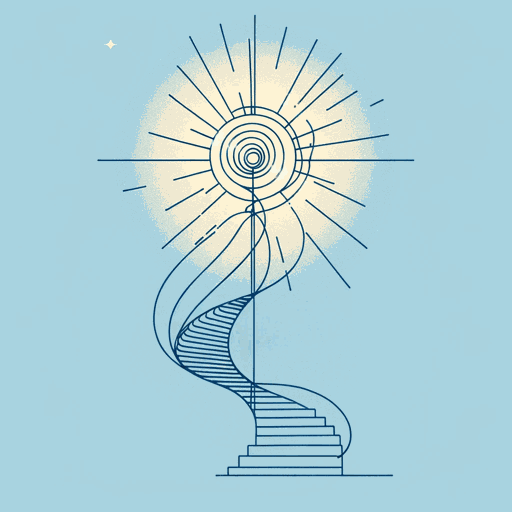
Ash Wednesday
T. S. Eliot

Four Quartets
T. S. Eliot

Journey of the Magi
T. S. Eliot
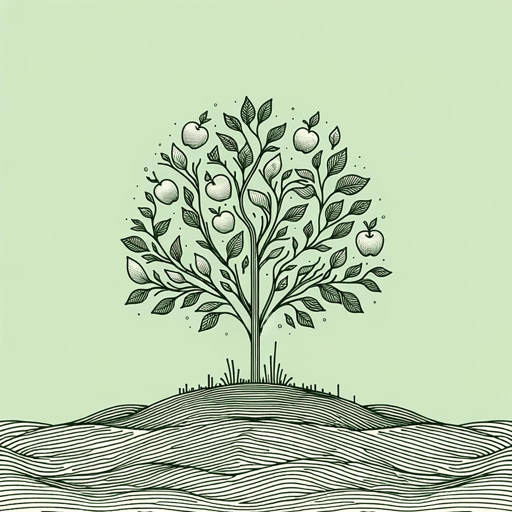
Little Gidding
T. S. Eliot
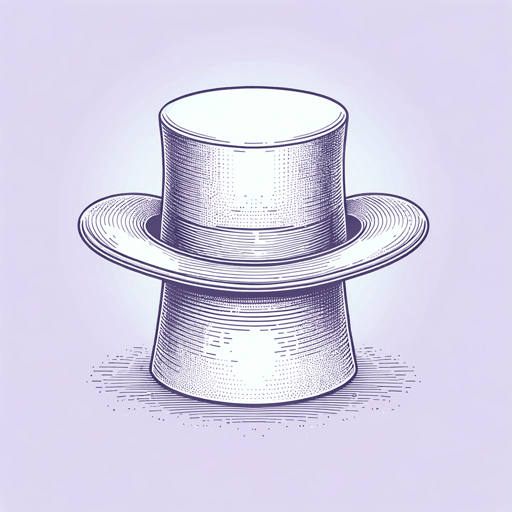
Mr. Mistoffelees
T. S. Eliot

Murder in the Cathedral
T. S. Eliot
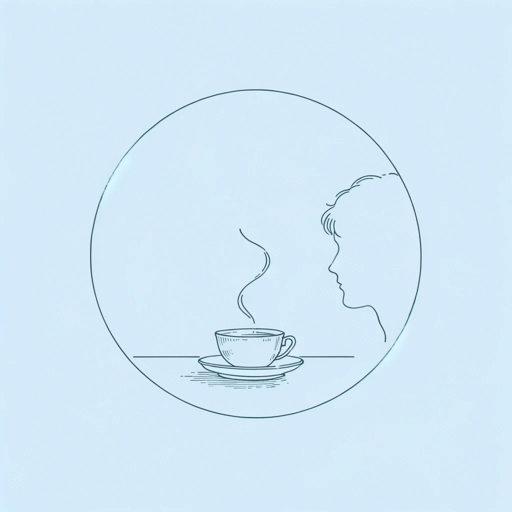
Portrait of a Lady
T. S. Eliot
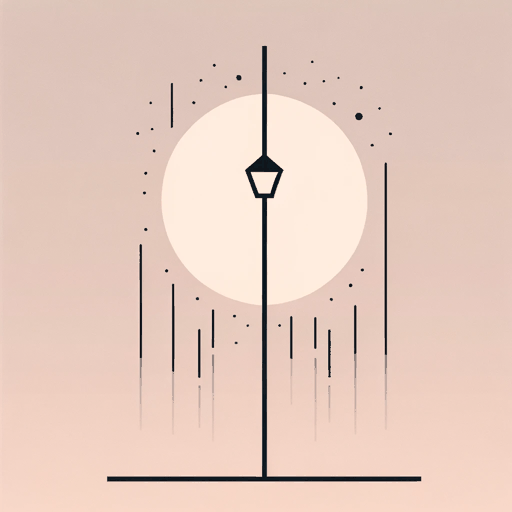
Rhapsody On A Windy Night
T. S. Eliot

The Cocktail Party
T. S. Eliot
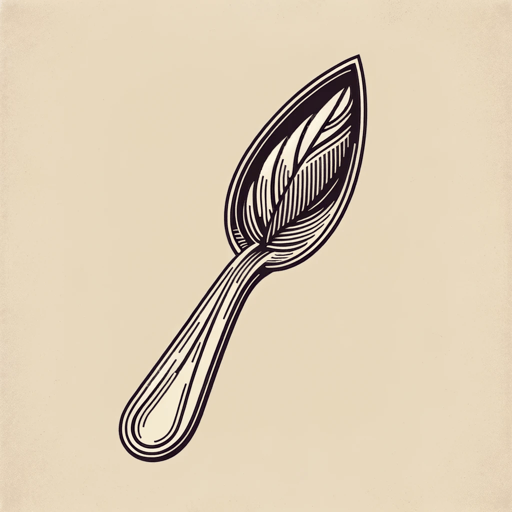
The Love Song of J. Alfred Prufrock
T. S. Eliot
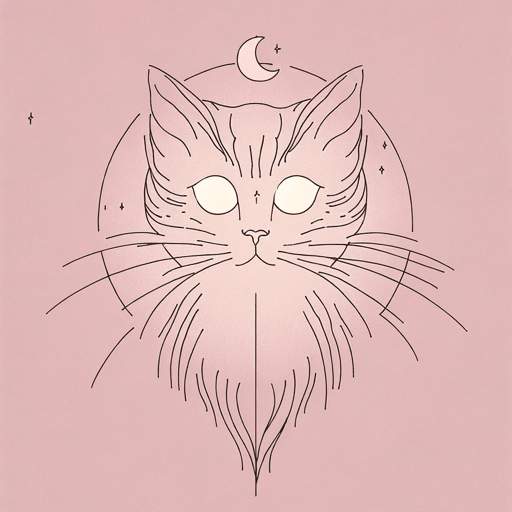
The Song of the Jellicles
T. S. Eliot
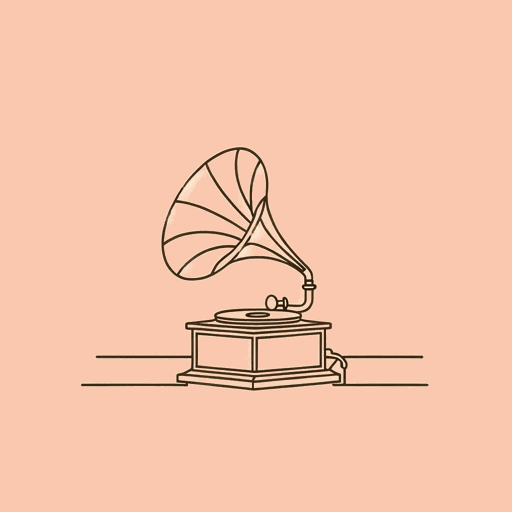
The Waste Land
T. S. Eliot
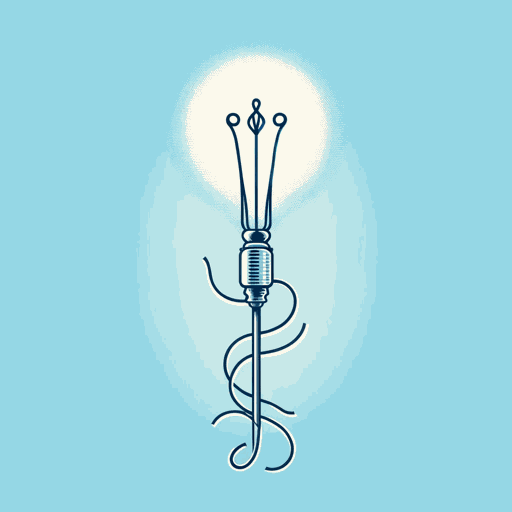
Tradition and the Individual Talent
T. S. Eliot

